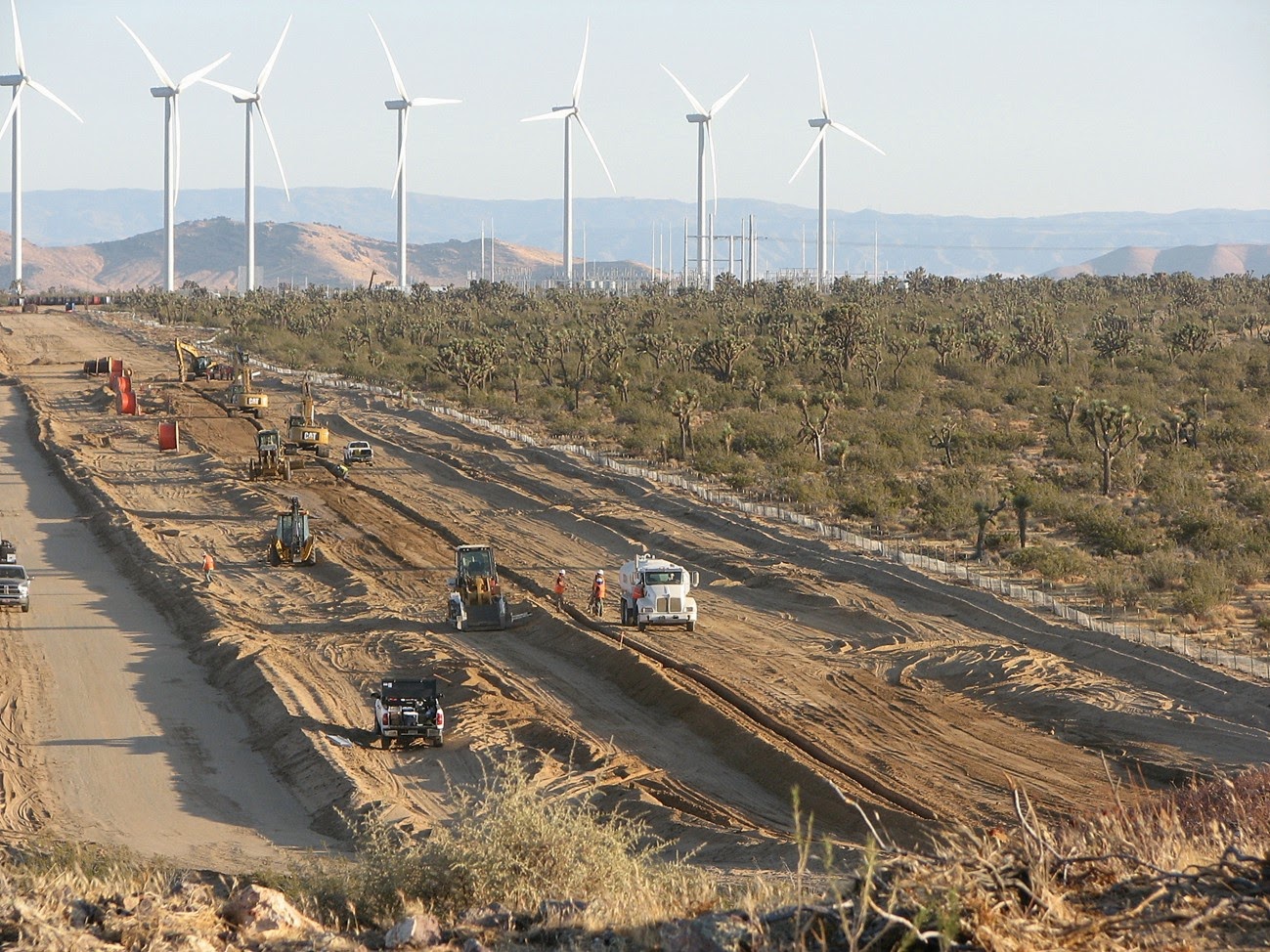Trump Planning to Hand Over Desert Wildlands to Industry

The Trump Administration is expected to initiate an administrative process this week likely intended to undo protections for public lands in the California desert and allow more large-scale renewable energy projects and mining. A notice of intent filed by the Department of Interior indicates that its plans to weaken the Desert Renewable Energy Conservation Plan (DRECP) are driven by unspecified "public concerns," but particularly states that Interior wants to review limitations that the DRECP places on large-scale renewable energy projects, including wind, solar and geothermal. The DRECP was finalized in 2016 after a lengthy public comment and review process that involved extensive consultation between the Department of Interior and State of California. Undermining our Desert Backcountry The DRECP was initially implemented in response to significant public concern sparked by industry proposals for renewable energy projects that would have destroyed vast swaths of des...








